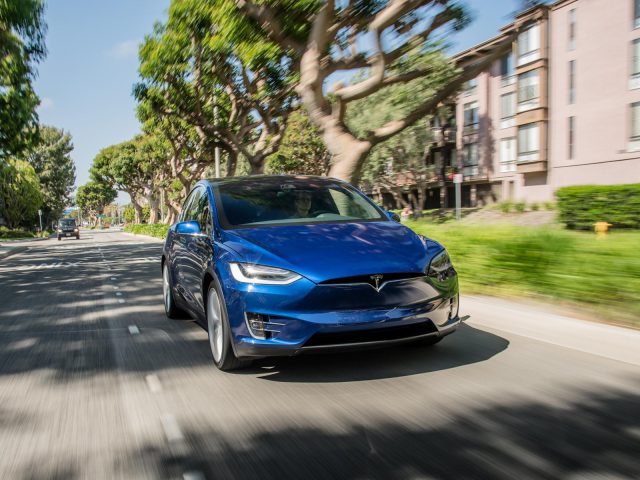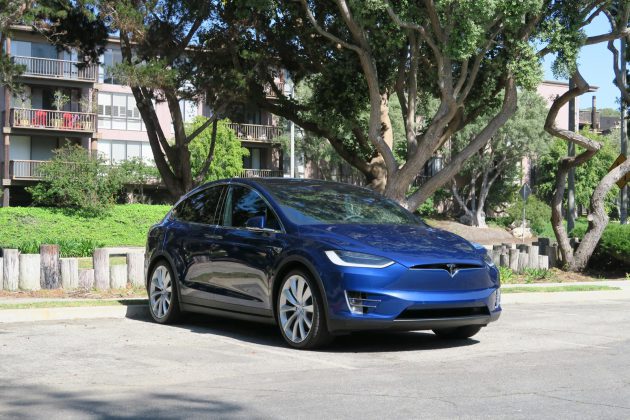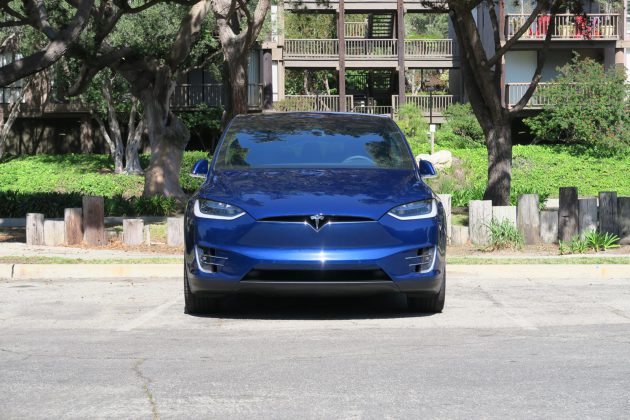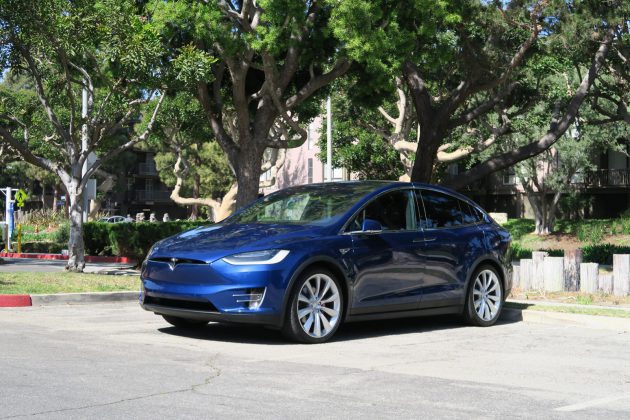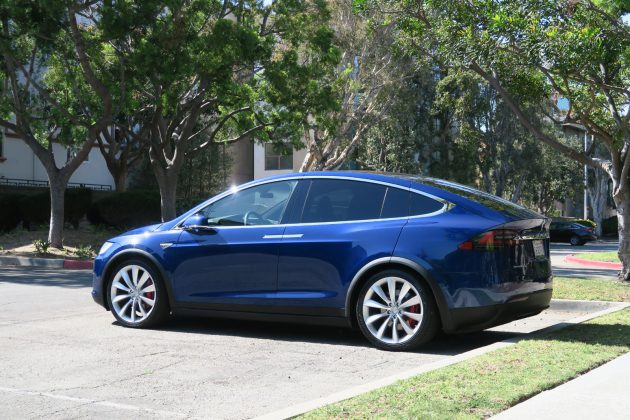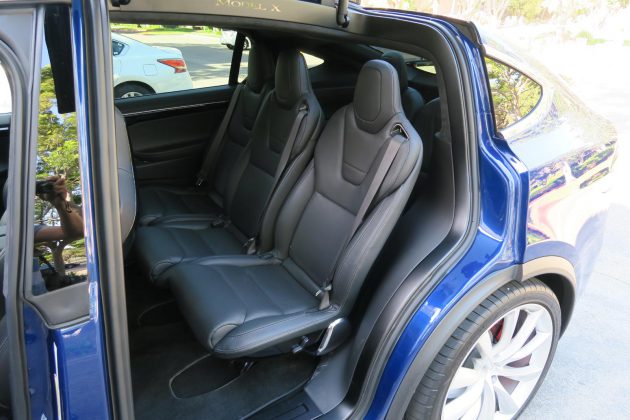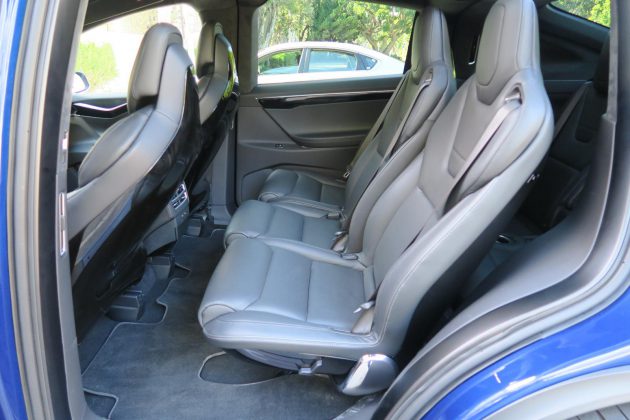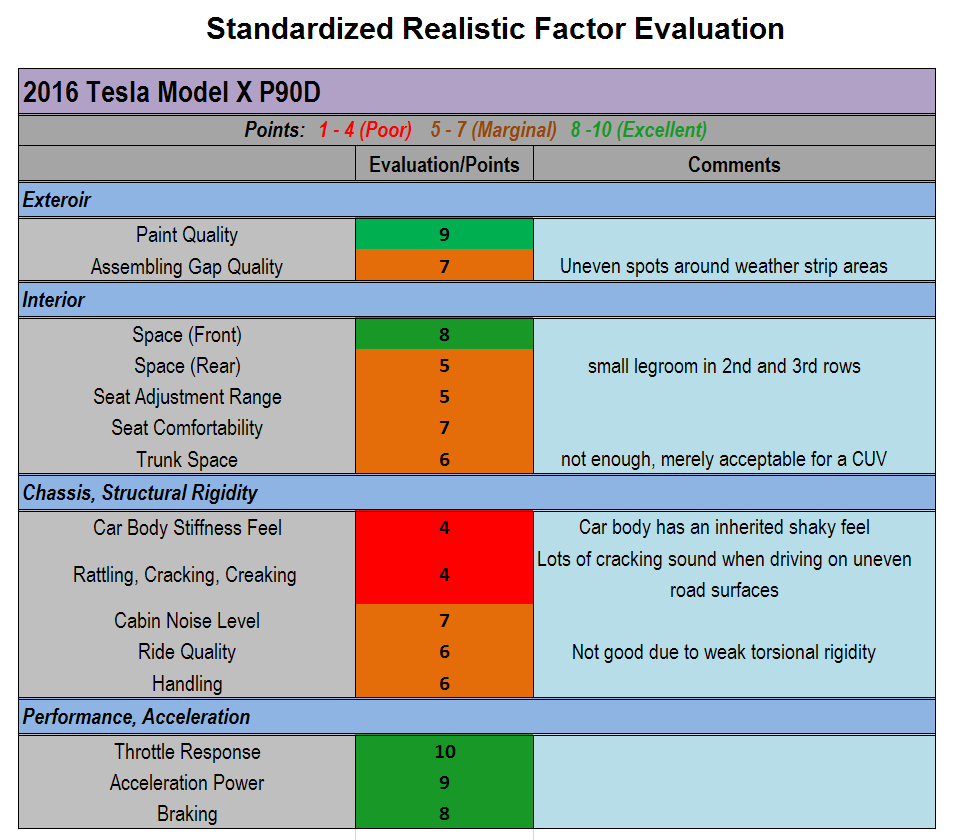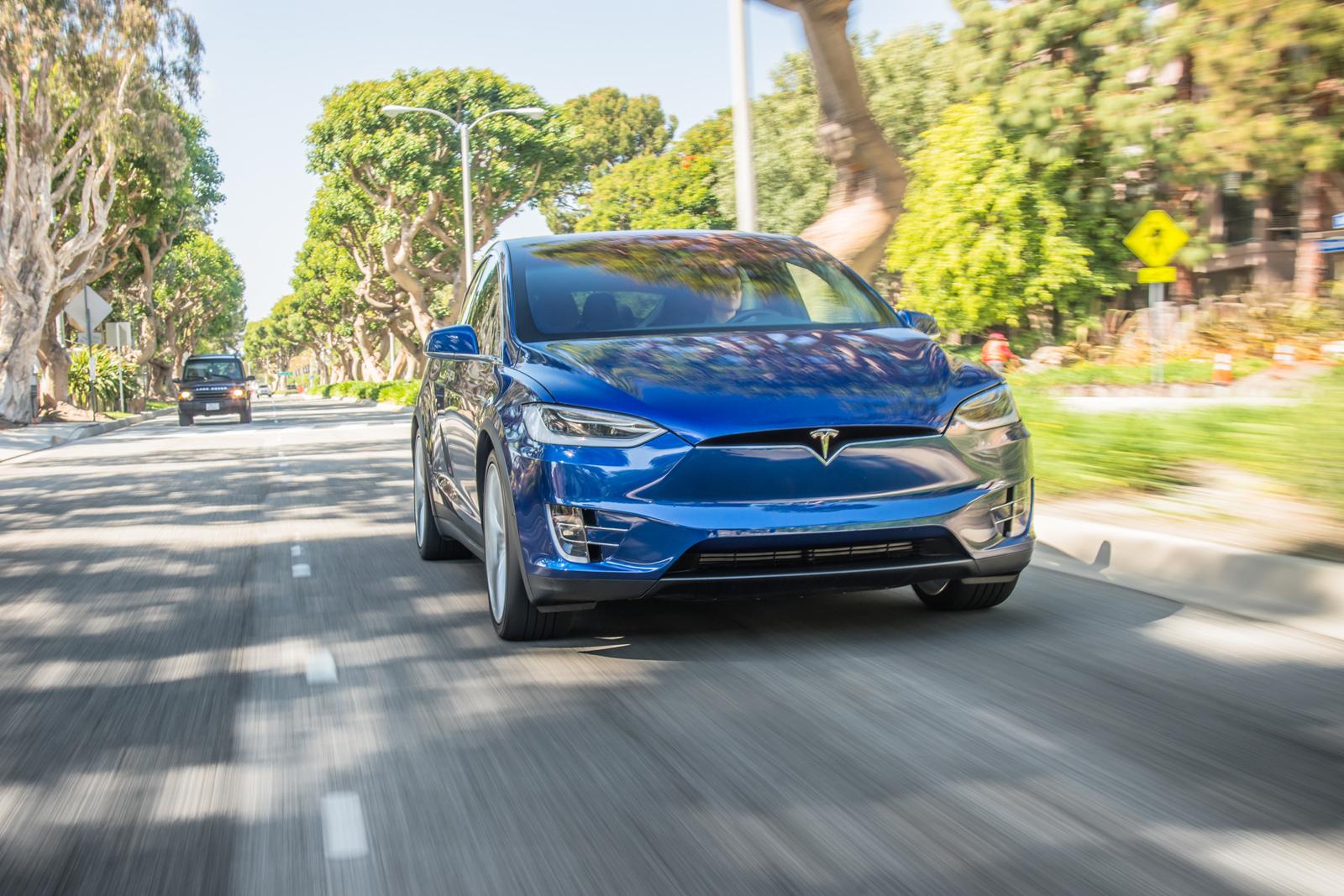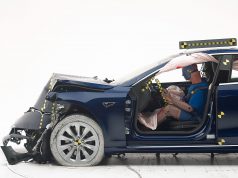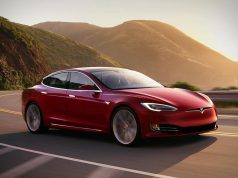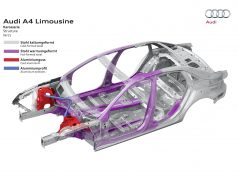What are Model X’s selling points? I can name a few:
- Pure electric drivetrain
- AWD
- Quick acceleration
- Falcon Wing door
- Capable of seating 7 people
Will the above guarantee a successful car model? Obviously they are only necessary conditions, insufficient to draw a conclusion. Furthermore, short term success has nothing to do with ultimate victory.
A couple weeks ago, we had a chance to sample the 2016 Model X, P90D trim. In the following I will present my findings from the test drive.
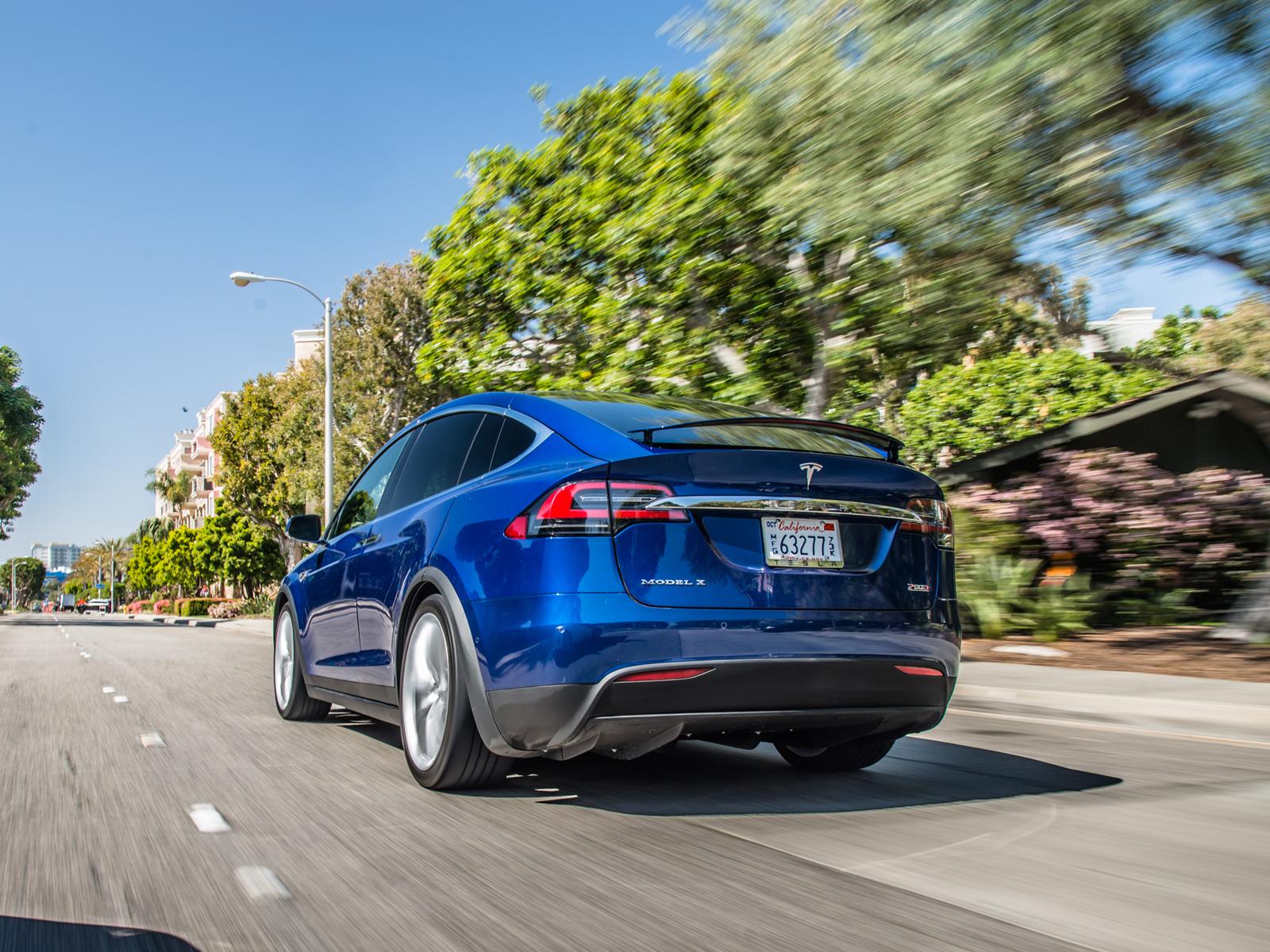
Performance, Handling and Ride Quality
Our test car is the top-of-the-line P90D trim. With a total output of 762 hp and 713 lb-ft of torque, no doubt it will provide you sports-car-like acceleration. Turn on the Ludicrous Speed mode and smash the gas pedal, an instant enormous thrust will pan you on the seat back, a similar experience you can only find on the Kingda Ka in Six Flags (BTW, Kingda Ka will accelerate you to 128 mph within just 3.5 seconds, far more thrilling than Model X).
Because the electric drivetrain does not require transmission shifting, the acceleration is instant and continuous. This is another unique experience which you will never get in any traditional internal combustion engine (ICE) cars.
Thanks to the 1,000 lbs+ battery packs, which helps Model X to achieve an extremely low center of gravity. Although Model X’s suspension is more closed to the soft side, the body roll when making turns is surprisingly less than what I have originally imagined. You still feel the effect of the 5,400 lbs heavy curb weight, however the way how Model X planted to the road during cornering, gives you strong confidence that it will not lose traction easily. So yes, it is a heavy crossover, but drives like a mid-size sedan.
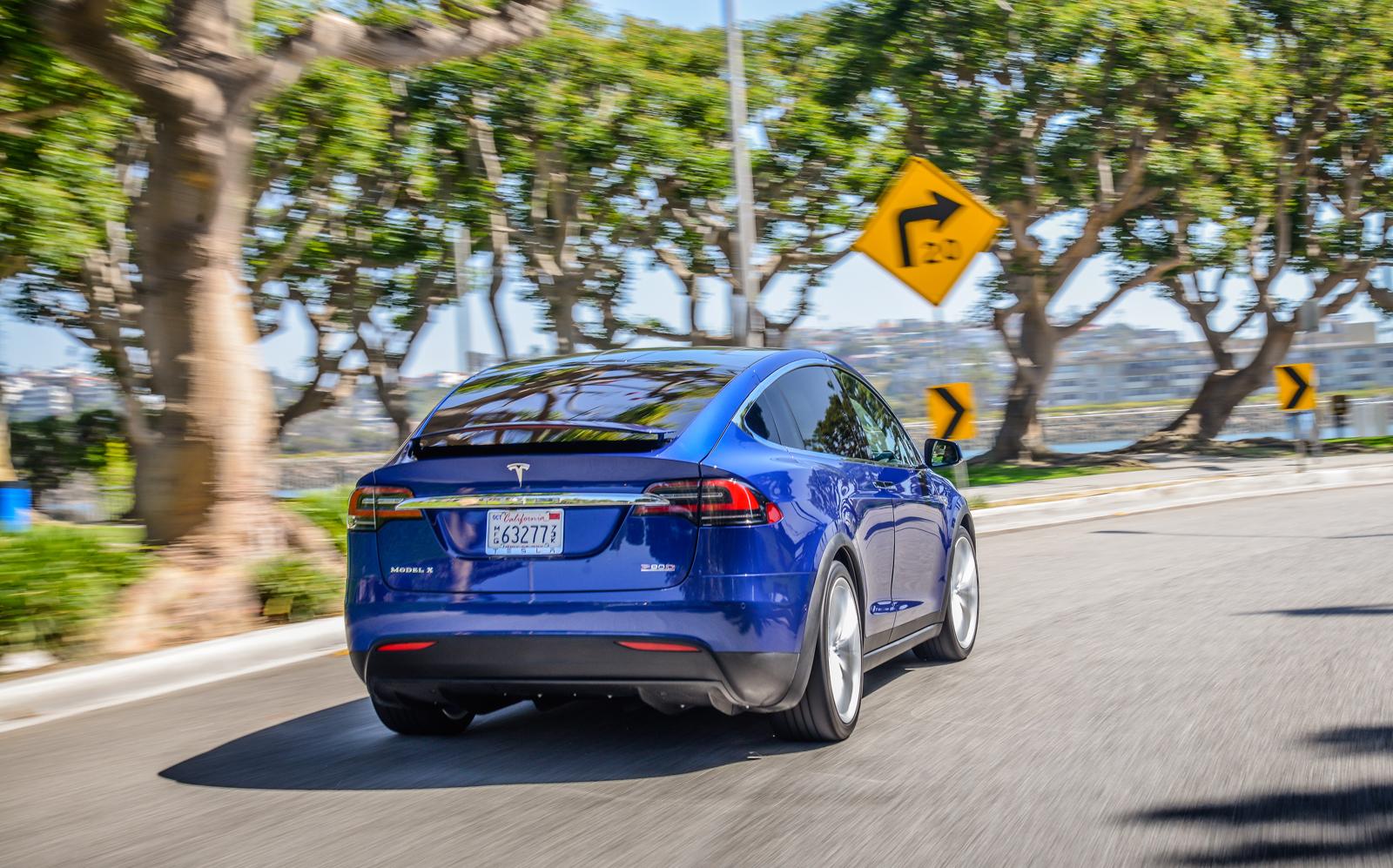
As for ride quality, it is another story. For reasons described in the next section, Model X’s ride is not good at filtering out road surface imperfections. Unless you are driving on roads with well-maintained pavement surfaces, you are going to feel all kinds of little but annoying vibrations/shaking. This is not due to its suspension tuning, the root cause is more serious than you imagine, and it is on a more fundamental level. See the analysis below.
Falcon Wing Door – Selling Point but Needless Complexity
From aesthetic point of view, the Falcon Wing Door (abbrev. as FWD) is surely impressive: it looks sharp and innovative, definitely attracts people’s attentions. However, good looking often brings with some drawbacks. Biggest concern I found during the test drive: the Model X’s car body torsional rigidity is compromised due to this design.
Please note: a vehicle’s passive crash safety and torsional rigidity are two totally different terminologies, there is no correlation between them. That means: it is quite reasonable that a vehicle has very good crash test results, while with poor torsional rigidity, and vice versa.
To accommodate the FWD, the Model X’s roof rails, which usually is an essential load-bearing structural component in an unibody vehicle, have to be cut off from the middle. Therefore, its passenger cabin structure is divided into three portions: 1. the one that includes the A/B pillars, which surrounds the front row seats; 2. the mid-section with falcon wing door; 3. the aft cabin (the 3rd-row seat area).
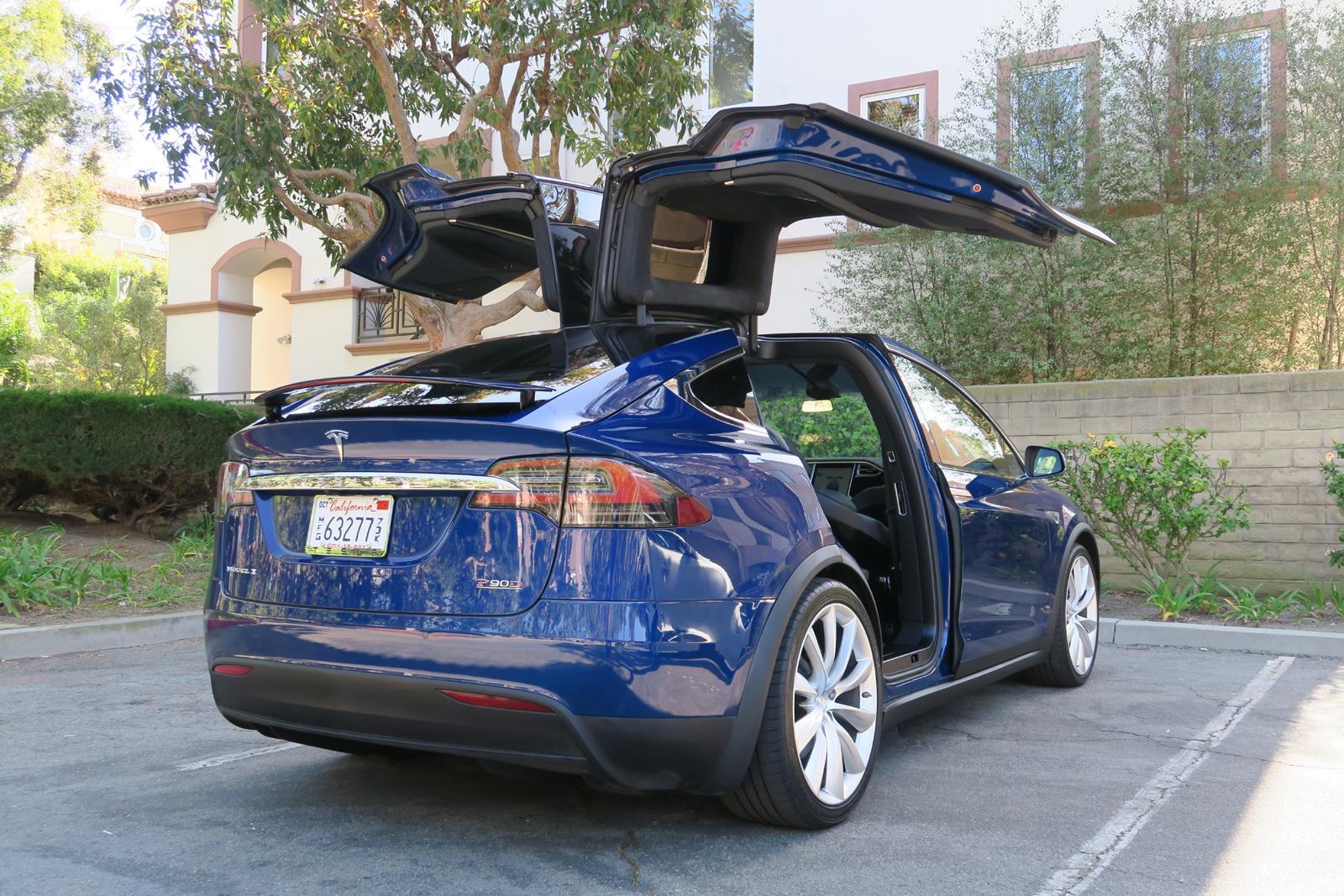
There is a single longitude aluminum rail (a narrow “spine”) connects the 1st and 3rd section. Of course, it also hosts the FWD’s hinges.
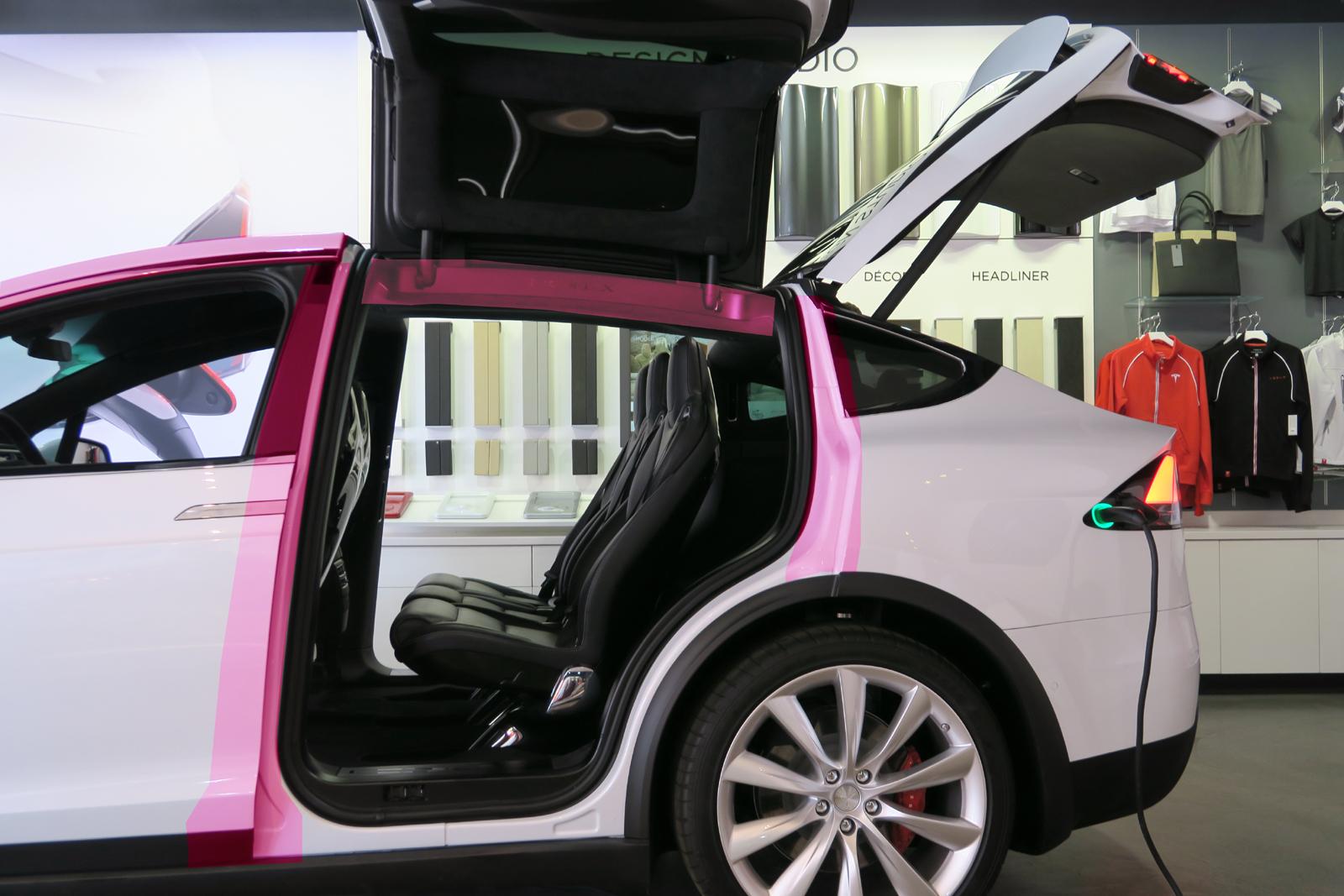
This narrow spine can provide a certain degree of bending rigidity in the longitude direction, but there is little help to fight against the torsional forces. Therefore, Model X’s structure is more similar to a convertible. The major torsional load bearing structural component is its flooring that also hosts the battery pack, which is a thin “aluminum box”. It is much harder to achieve the same torsional rigidity compared to cars with fixed and one-piece roof rails.
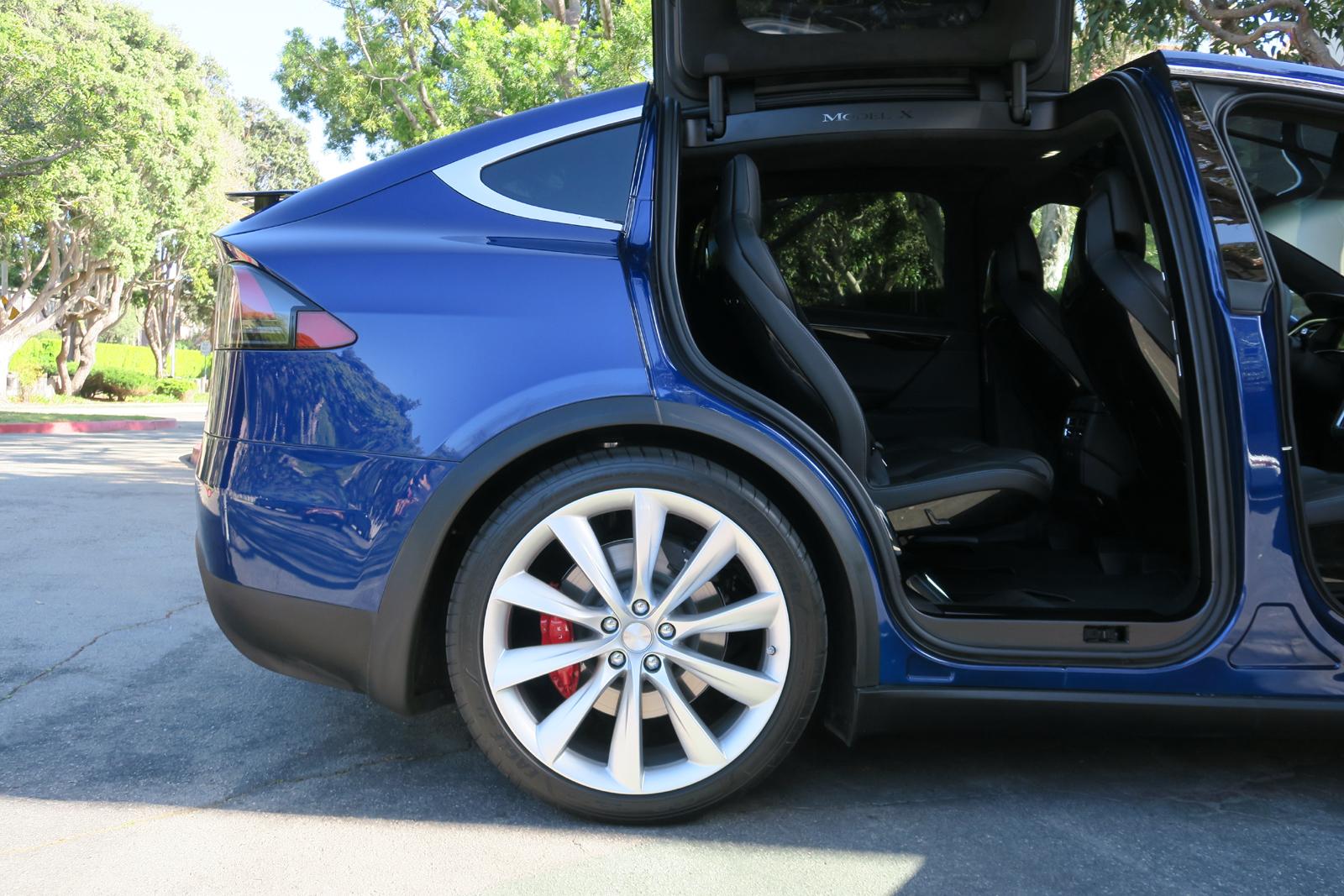
From our test drive, Model X’s weak torsional rigidity can be easily felt:
- Everytime the Model X hits expansion strips, potholes or broken pavement on the road surface, the front and rear body vibrates in different frequencies and phases, causing a temporary, but very pronounced high frequency, rapid “shaking” feel – this usually happens in some old school body-on-frame and long wheelbase trucks. At the same time, rattling noise around the FWD area can be heard too;
- Front suspension strut towers are connected to the firewall via two reinforced beams, transmitting road impact forces directly to the vehicle’s upper structure. Coupled with the weak torsional rigidity, it causes excessive vibration/shaking in the dash bracket area, which ultimately spreads to the steering wheel;
- Whenever you are making a sharp turn to enter a ramp (uneven force is applied on the diagonal axis of the car body), Model X’s cabin flexes to the extent that several loud squeak/rubbing noises emerge from somewhere around the FWD and aft cabin area.
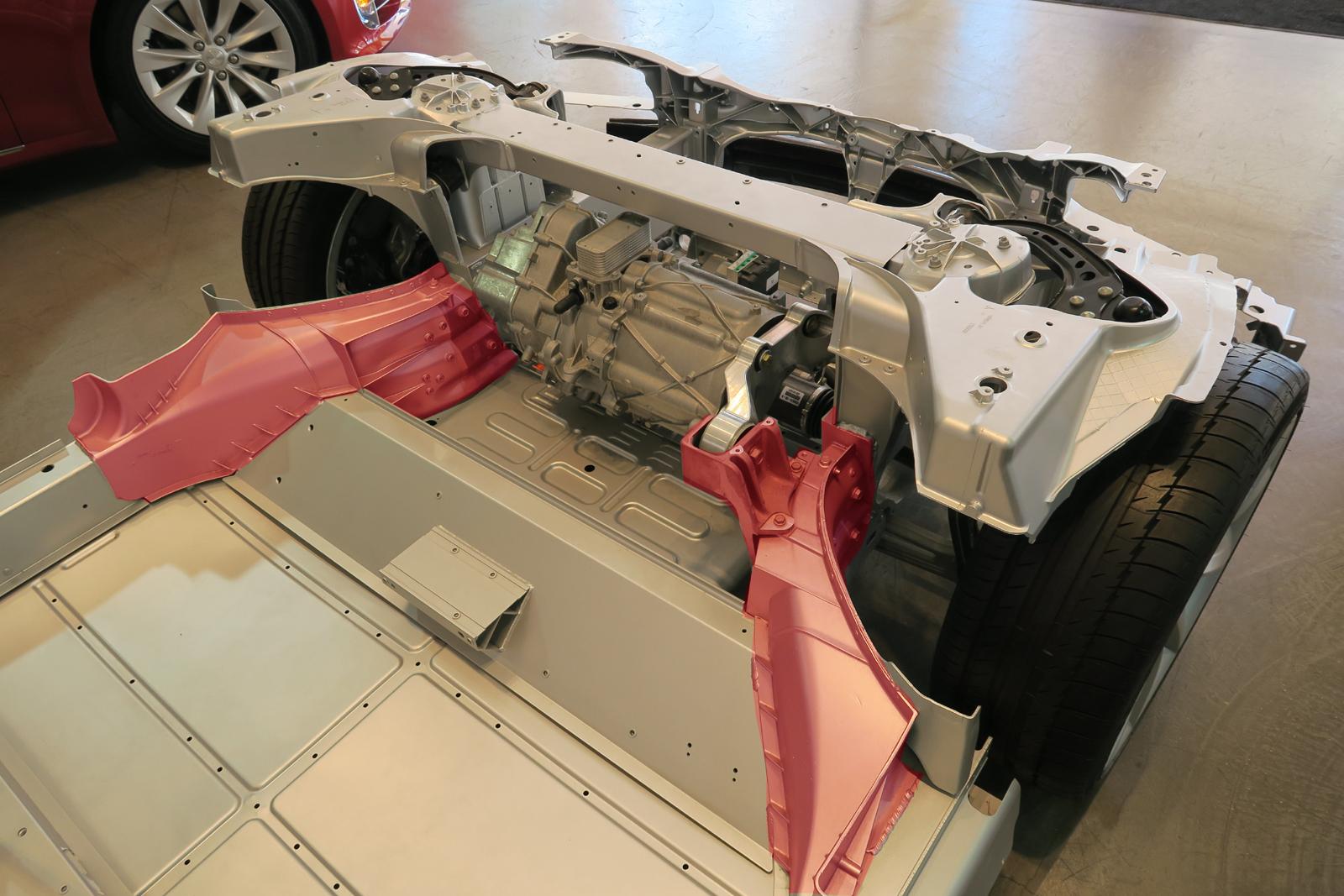
Although it is harder to improve torsional rigidity on heavy SUVs to maintain a “rigid” feel comparable to sedans, in recent years some car manufacturers have made breakthroughs in areas such as structural design, new materials and welding techniques, hence boost their heavy vehicles’ torsional rigidity to another level that, you will no longer feel or hear the body flex anymore.
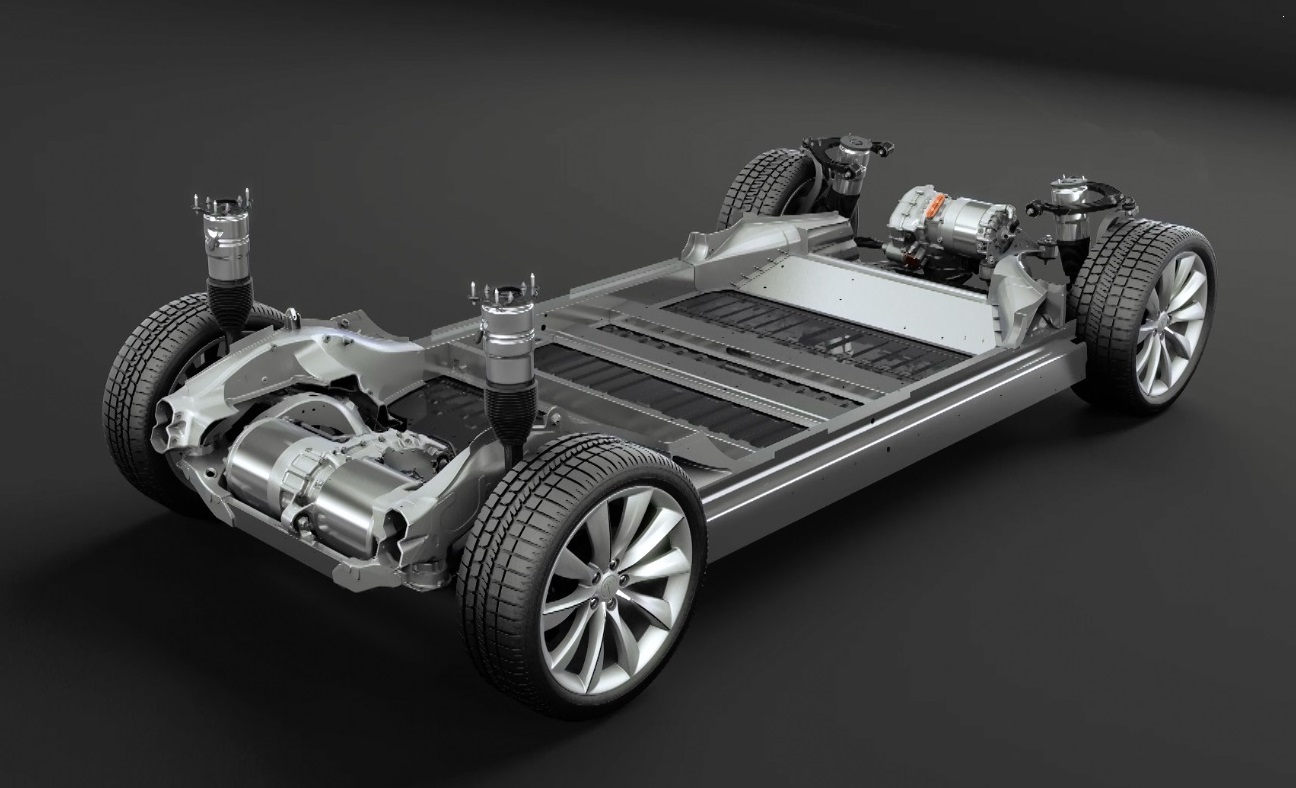
So far we have focused on the torsional rigidity. What is the exact number for Model X?
Sadly, Tesla does not publish the data, neither for both Model S nor Model X. However I do get a rough estimate from a source, who indicates the torsional rigidity of the Model S is around 19,000 Nm/deg. How good is this number in the industry? Please check out our extensive car body torsional rigidity data base here. For Model X, since it is riding on the same platform, we can reasonably conclude its rigidity number is no better than Model S at best, or even worse.
Torsional rigidity/body flex is a fundamental design issue, it cannot be mitigated via some software updates or skin-deep revisions and facelifts.
On the other hand, how practical is the Falcon Wing door?
It definitely makes entering/exiting the car much easier. However since the door’s opening height is constrained, you still need to bend down when you step in or out, just not as much as you do in other “normal” cars.
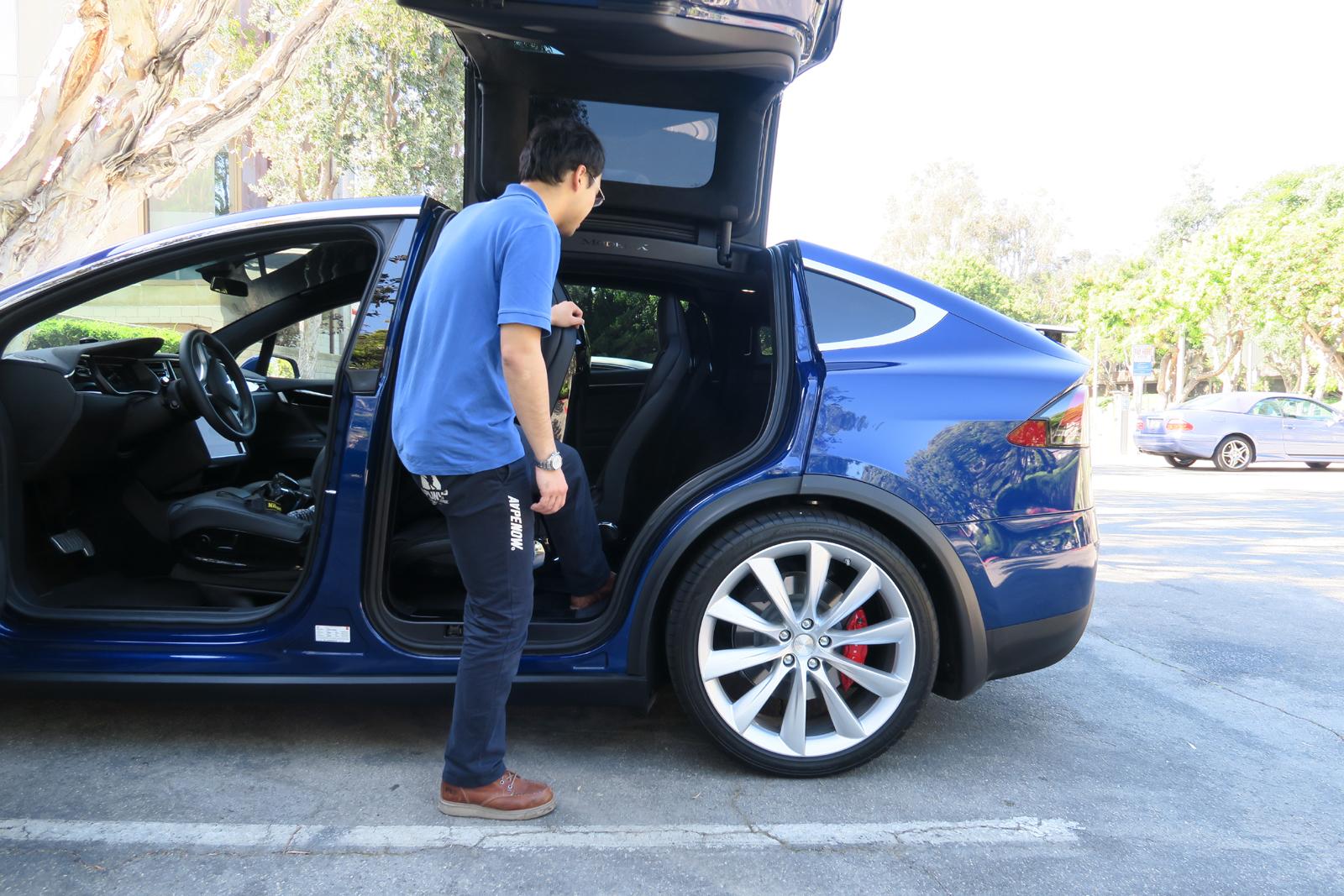
Electronic Gadgets, Doors
All of Model X’s doors can be electronically opened and closed; inside the cabin, most of the display/controls are operated through LCD screen or touch screens. It feels like a car from the future, or something appears in Sci-Fi movies.
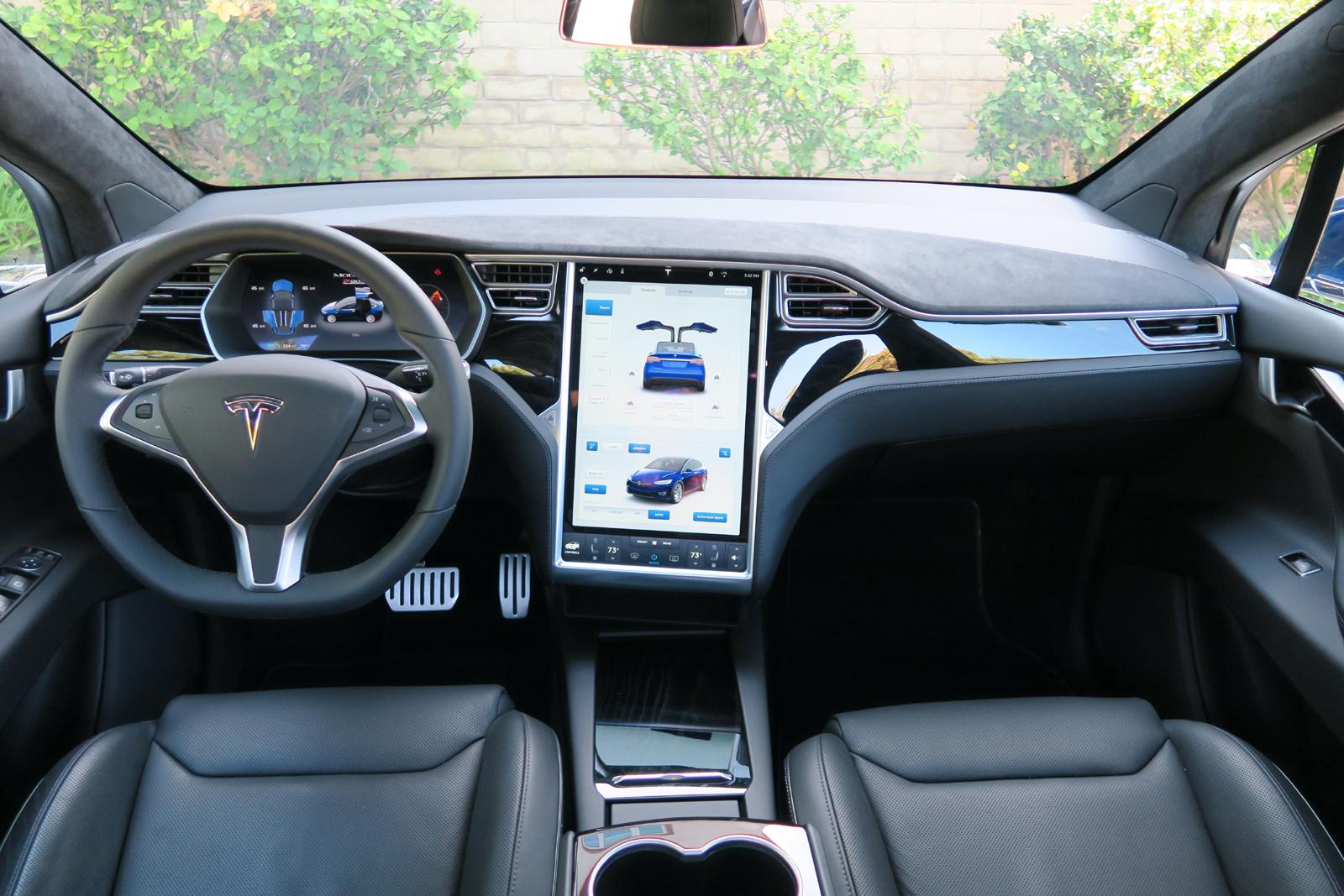
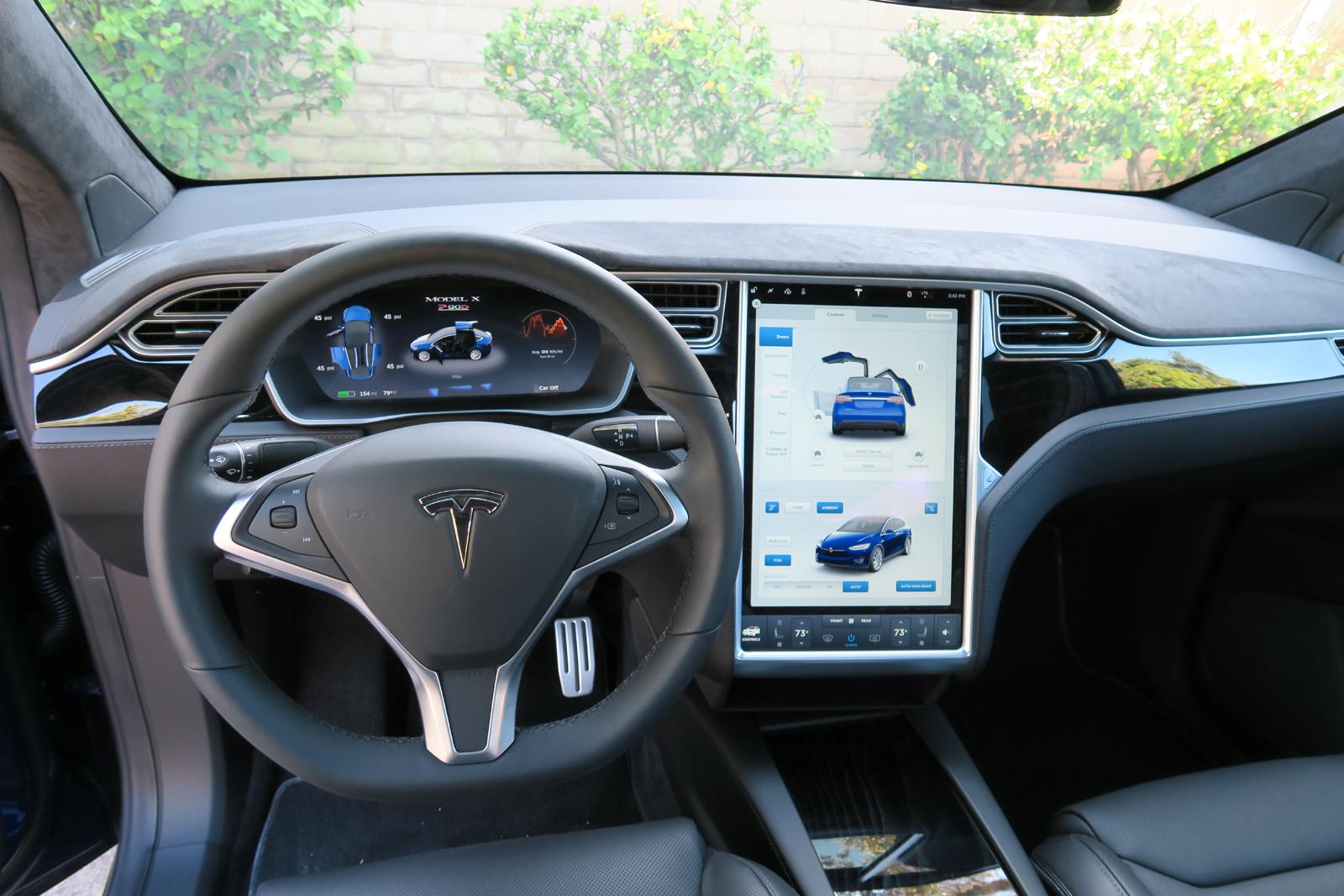
Besides the electronic door controls, the way how things work in Model X is very similar to Model S, so I am not going to go deep into it.
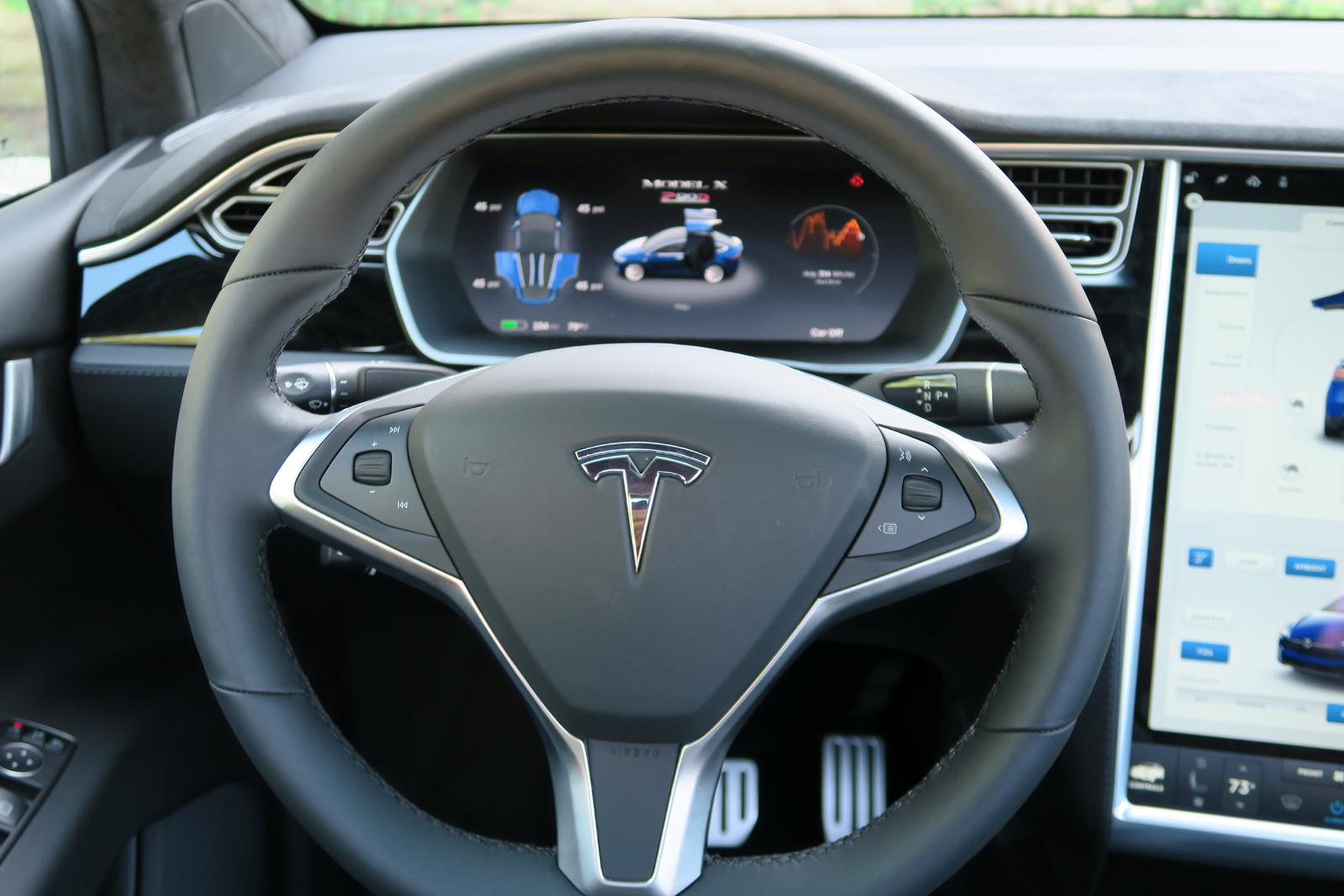
During my test drive, I did find out some glitches in the doors.
Since they are automatically and electronically opened, they need sensors to detect outside obstacles to determine how wide the door should open. But in fact there is no such sensors for the front doors, it solely relies on the sensor inside the falcon wing door. Now comes the issue: that sensor has limited detection range and angle.
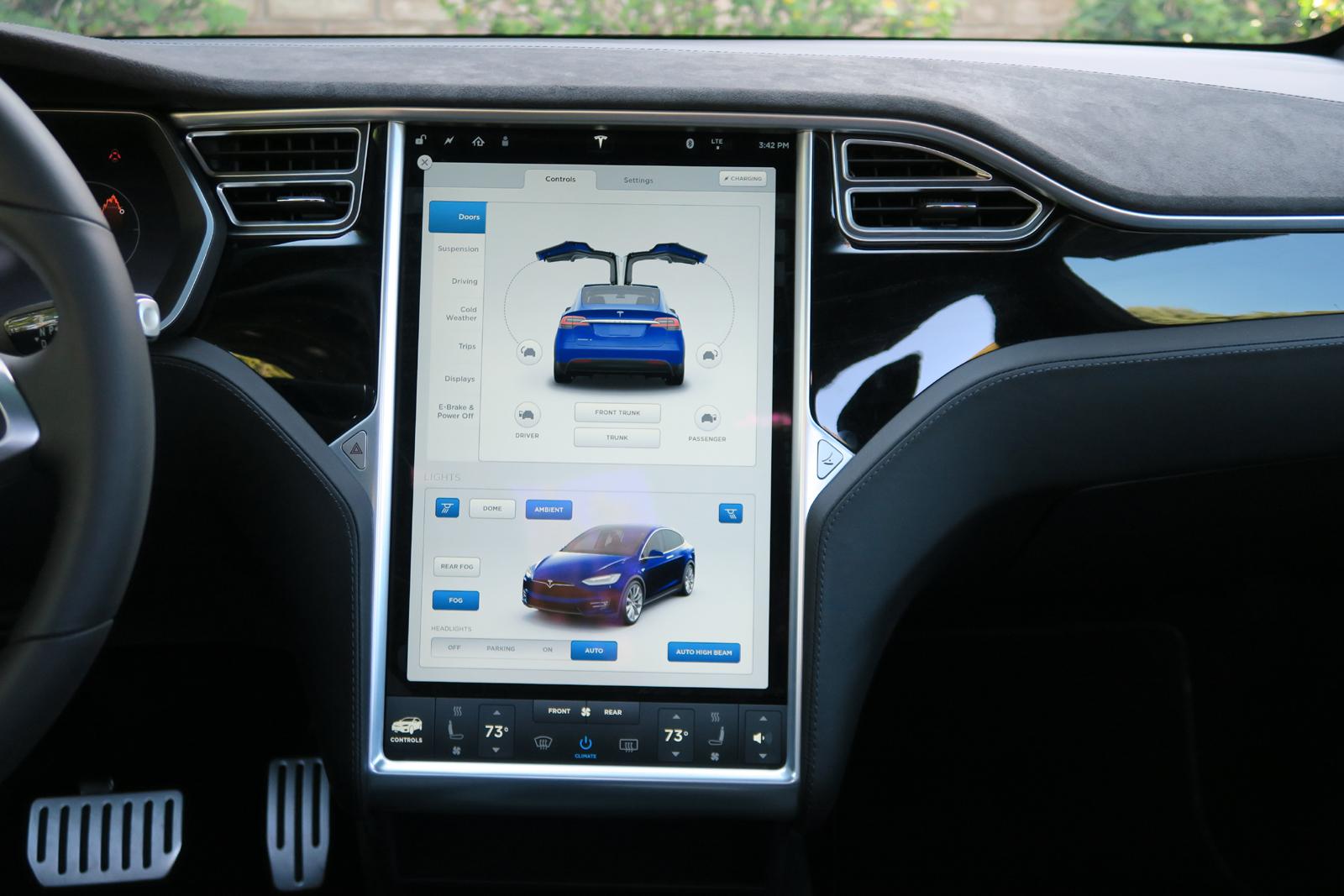
We did an experiment: if there is a pole standing besides the front door, Model X is unable to detect it. In this case, if you push the “door open” button on the central touch screen, the front door will open directly in full speed and then bang into the pole, damage itself (of course in our test, we prepared for this and make sure no damage shall occur).
The front door’s closing strength is pretty strong (almost like a slamming shut), and its anti-trapping sensor is quite insensitive, this brings another potential risk: with the key in your hand and walking away from the vehicle, the door will automatically close. Think about this scenario: you are back from grocery shopping, you exit the vehicle first, and carrying bags into the kitchen; at the same time your child tries to exit the vehicle, or standing in the door’s closing path – he/she may be hurt by the door’s closing force.
This boils down to one question: how to correctly determine when the user want to close the doors? This is not an easy question as it may sound like.
From my point of view, electronically operated doors (especially the front door) brings more potential risks/issues than the convenience it provides. For myself, I would rather not having this feature at all.
Cabin: Not So Spacious
Electric cars does not have the bulky engine, transmission and all kinds of related accessories, so theoretically speaking given similar exterior dimensions, it should provide more interior space for the passenger cabin.
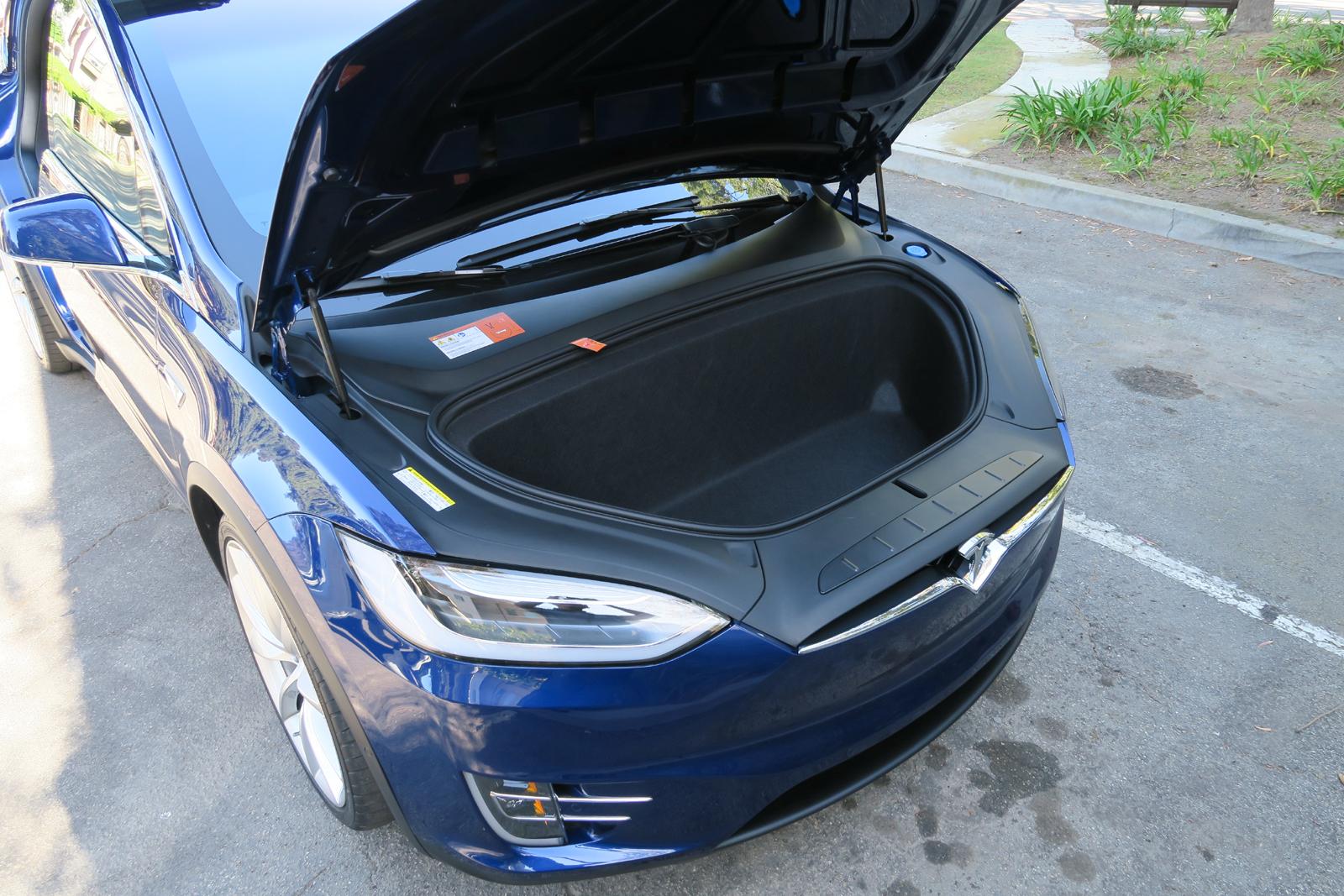
With a wheelbase of 116.7 in, the Model X falls into the mid-size SUV range (much longer than the Acura MDX, Ford Explorer; slightly shorter than the Volvo XC90 and Audi Q7). However I do not feel it is more spacious than those SUVs with similar size, especially the legroom.
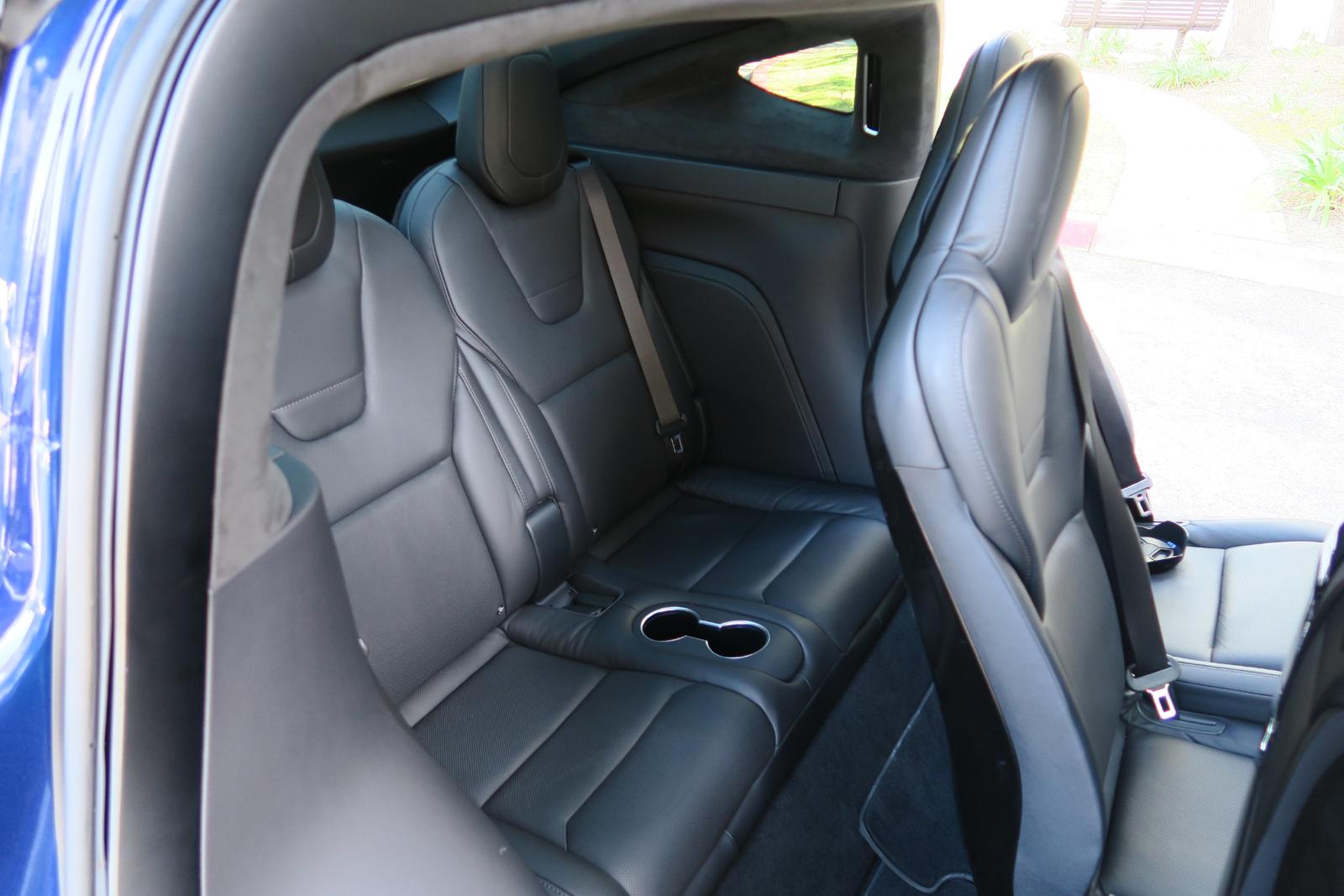
The 2nd-row seat need to slide all the way forward to make enough room for the 3rd row passenger’s leg and feet, which in turn leaves not many legroom for the 2nd row seat too. Even with this arrangement, the 3rd-row legroom can just merely fit an adult’s legs and your ankle is rubbing against the 2nd-row seat back, not comfortable for long distance road trip (see below photo). From my point of view, if you need to use the 3rd-row seat frequently, please try for yourself to see whether Model X fits your needs.
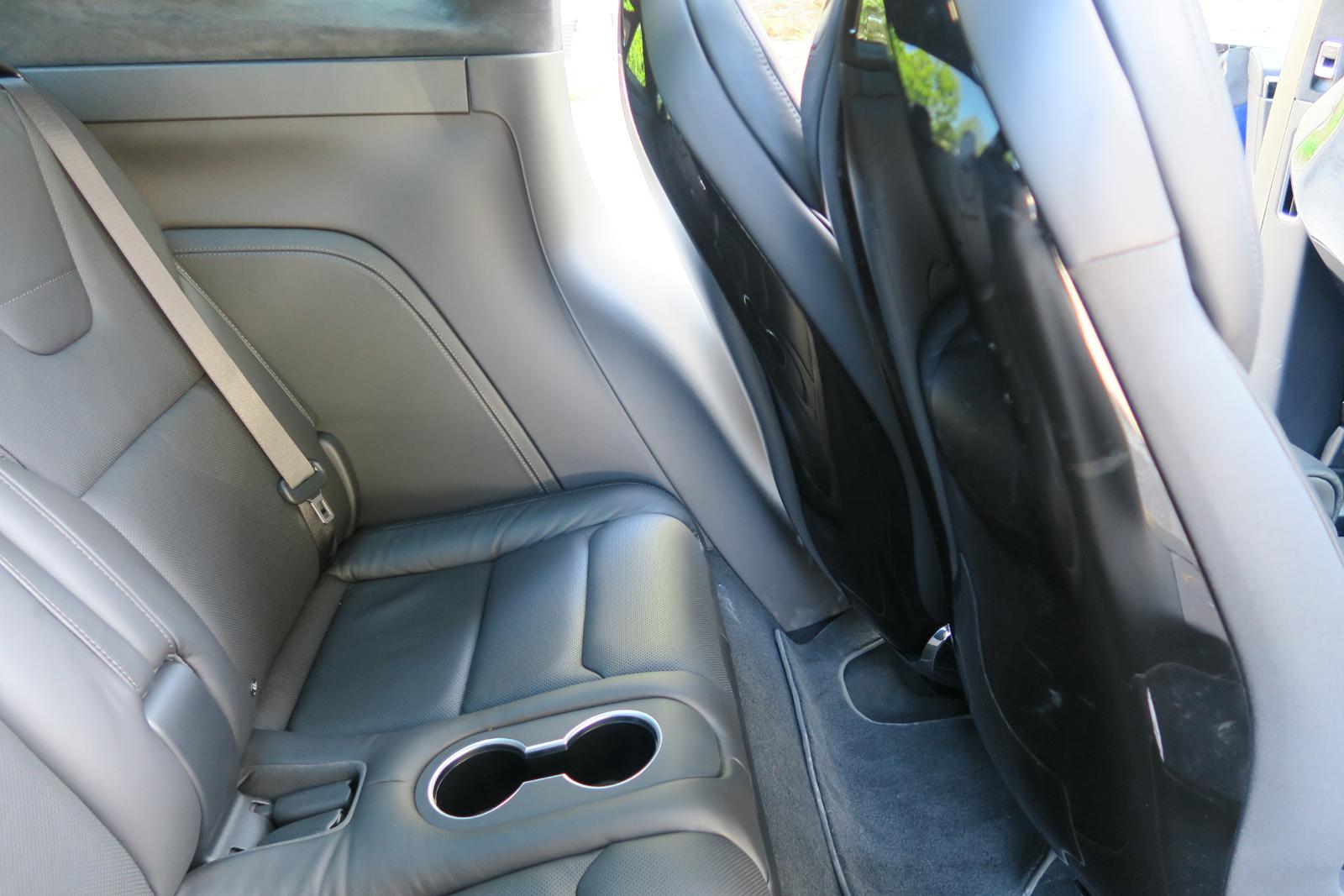
Conclusion
Here is our Standardized Realistic Factor Evaluation (SRFE) result on the 2016 Tesla Model X:
The Model X does have several “world’s first”, for example: the world’s first pure electric crossover that has 3 rows of seats, the world’s first crossover with falcon wing doors, the world’s largest windshield etc. It also has absolute advantages in acceleration performance and smooth throttle response. These are Tesla’s great achievements.
At the same time, there are places that still need significant improvements. Car body rigidity and solid feel is arguably the most critical fundamental principle for luxury vehicles; ride quality is what distinguishes a luxury car from a non-luxury car; all features/functionality need to be carefully planned and executed, silly mistakes/oversights should not appear so frequently in a vehicle with such high price tag.
Is Model X the fastest SUV in history? – Yes;
Is Model X the most capable SUV? – Probably yes (depends on how you define the term of “capable”);
Is Model X the safest SUV? – Maybe (we need actual crash test data to prove it);
Does Model X have ample seating spaces? – For 1st and 2nd row, yes; but for the 3rd row, no;
What are Model X’s disadvantages? – body flex, torsional rigidity, cracking/squeaking/rattling noises, car body’s ability to absorb road impacts, various bugs in electronic features.
I hope for the next model year, Tesla can take care some of the issues we encountered on the Model X. If you were considering purchasing the Model X, I recommend you to wait for a while to let Tesla to straighten things out.


